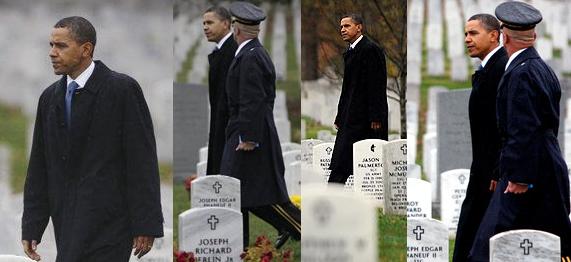Reuters reports: U.S. President Barack Obama approved the drone strike that killed Mullah Akhtar Mansour because the Taliban leader was overseeing plans for new attacks on American targets in Kabul, the Afghan capital, U.S. officials said on Monday. [Continue reading…]
Drone strikes are always carried out in the name of necessity. From the president on down, everyone wants to be able to claim that the decision to launch a deadly attack was driven by an imminent threat, there being no legal basis for indiscriminate killing or vengeance.
In the case of the assassination of the Taliban leader, Mullah Akhtar Mansour, in Pakistan over the weekend, Obama’s comments on the killing suggest that this actually had less to do with preventing an imminent attack, than it was a kind of experiment.
No one knows what the consequence of killing Mansour will be, but Obama apparently thought that the potential benefits outweighed the risks.
An otherwise risk-averse president always seems confident about the bets he places when they involve Hellfire missiles.
The Wall Street Journal reports: Mr. Obama, speaking Monday during a visit to Hanoi, said the drone strike against Mr. Mansour did not constitute a “shift” in the U.S. mission. “We are not re-entering the day-to-day combat operations that are currently being conducted by Afghan forces,” he said.
He stressed Saturday’s airstrike was an opportunity for the Taliban to shift direction in favor of reconciliation talks, because Mr. Mansour for months has been against those talks.
Whether Mr. Mansour’s death changes things remains to be seen, according to those who track the group. Some believe his death could lead to a power struggle, accelerating the Taliban’s breakup. A main breakaway group already is being funded by the Afghan government as part of an effort to splinter the movement, The Wall Street Journal reported.
It was disclosed last year that the former Taliban leader, Mullah Mohammad Omar, had died two years earlier.
However, the infighting is unlikely to encourage the group to negotiate with the Afghan government, according to those familiar with its operations. Mr. Mansour’s death actually may make it difficult for moderates among the Taliban to negotiate. [Continue reading…]

